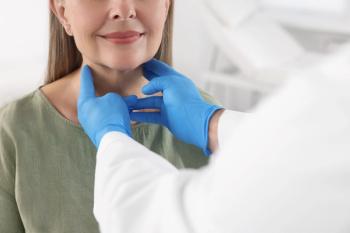
State ADHD Medication Rates Vary Widely
A CDC report finds that ADHD medication rates range significantly from state to state and are generally highest in the South.
A CDC report finds that ADHD medication rates range significantly from state to state and are generally highest in the South.
There are wide variations from state to state in the portion of children who have been diagnosed with ADHD and who are taking ADHD medication, according to a
According to the report, in 2007, 4.1 million children aged 4 to 17 in the United States were diagnosed with ADHD. Of these children, approximately 2.7 million were taking ADHD medication. The report found that ADHD medication treatment rates varied significantly by state. In Nevada, 33% of children diagnosed with ADHD were receiving medication, while 79% were in Mississippi. Across all states, 66.3% of children diagnosed with ADHD were taking medication. The researchers also provided
The results suggest that ADHD is more common in the South, but researchers are unsure as to why. The researchers noted that some variability could be attributed to characteristics of prescribing doctors and patients’ access to mental health and preventive services. Additionally, researchers suggest that their findings lend support to the FDA’s contention that uneven distribution of ADHD medications may contribute to shortages in some states.
At every age, boys were more likely to be medicated than girls. The researchers suggested that additional studies should be conducted to investigate boys’ and girls’ differing medication needs. Such studies should also explore possible associations between ADHD subtypes and medication use between the two genders.
Some states are using information gathered by the CDC to examine their own practices. For example,
Ms. Wick is a visiting professor at the University of Connecticut School of Pharmacy and a freelance writer from Virginia.
Newsletter
Stay informed on drug updates, treatment guidelines, and pharmacy practice trends—subscribe to Pharmacy Times for weekly clinical insights.


















































































































































































































